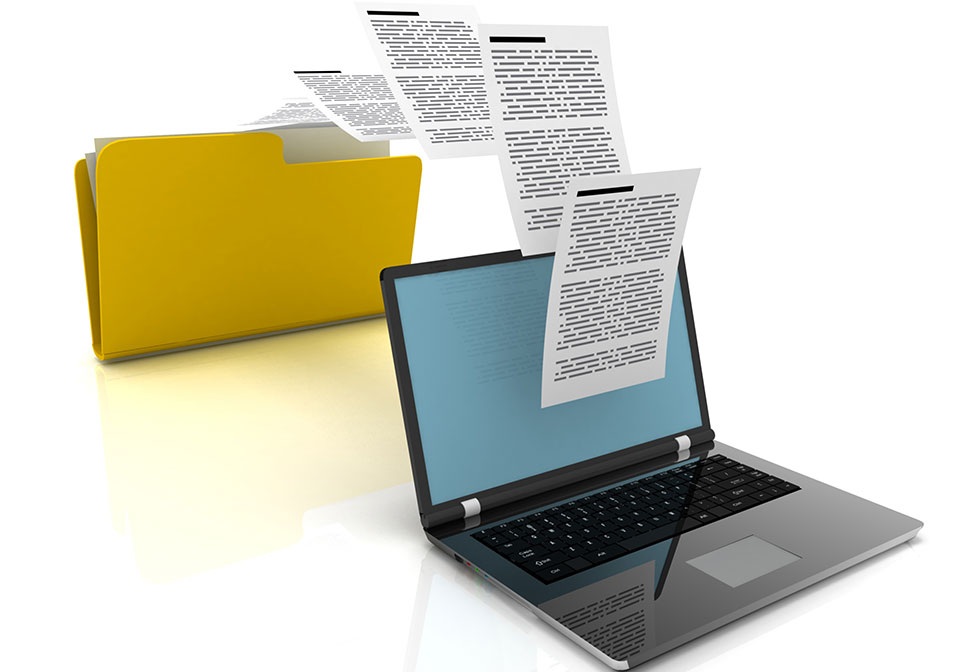Progress towards digital letters of credit has been so slow.
Partly this is due to the requirement for writing and endorsement of bills of lading and bills of exchange found in 19th-century legislation that remains in place despite requests for a legal framework for electronic transactions.
An electronic bill of lading in this context has a binding nature and recognition for all parties signing a contract in a ‘club’ system such as Bolero or essDocs, explains Didier Maeter, senior trade expert, documentary trade products, at BNP Paribas.
There is simply no infrastructure that connects the digital and physical worlds of trade
Carl Wegner, Contour
Thanks for your interest in Euromoney!
To unlock this article:




